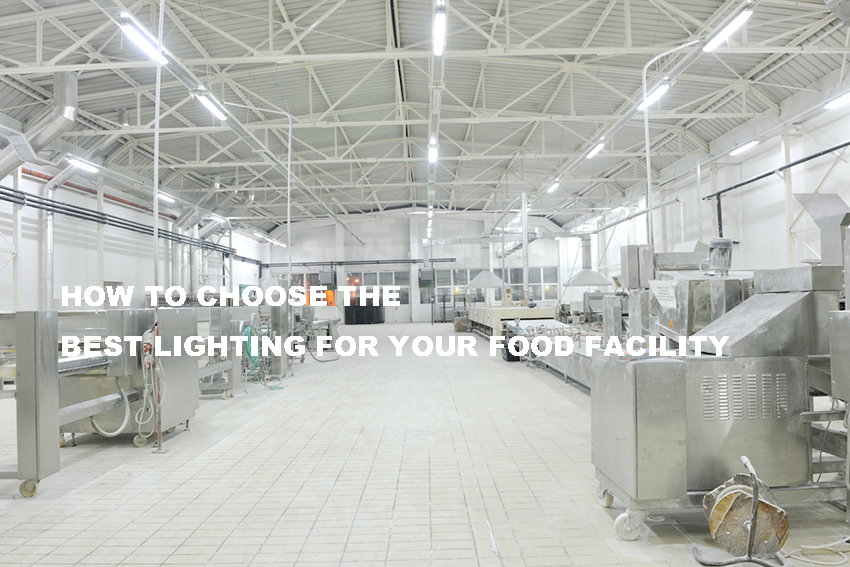All lighting is not created equal. When selecting LED or fluorescent lighting for your food facility or warehouse, understand that each type is better suited for some areas rather than others. How can you know which is the right fit for your plant?
LED lighting: ideal for warehouses, processing areas
When LED lighting first hit the market, most food manufacturers were turned off due to its high price points. However, in recent years, the energy-efficient lighting solution is heating up again thanks to more reasonable price tags (though it’s still expensive).
LED has great applications for warehouses due to its dimmability. When working with LED lighting for Stellar’s warehouse clients, we put motion detectors in the light fixtures so when forklifts are moving down the aisles, the lighting will brighten and then dim after the trucks have passed.
In addition to its highly touted energy savings, LED lighting’s advantages include:
-
Longer lamp life—Most LED light fixtures last up to 10 years before requiring bulb changes. Fluorescent lighting requires new bulbs every one to two years. This allows plant owners to install lights in harder to reach places, such as over equipment, without worrying about interrupting production schedules.
-
Low maintenance costs—Because of its longer lamp life, LED lighting requires less maintenance than other lighting types, allowing your plant to continue operations with fewer interruptions from service personnel.
-
Ability to withstand cool conditions—LED lighting performs especially well in cooler conditions like freezer warehouses, unlike fluorescent lighting, which is more sensitive to extreme low temperatures, causing malfunctions.
Fluorescent lighting: cost-effective, best for employee areas and packaging
Years ago, the industry’s lighting of choice was high-intensity discharge lamps, but now it’s fluorescent. Fluorescent lighting is about 30- to 40-percent less expensive than LED lighting and is the default choice for budget-conscious plant owners.
Post time: Oct-23-2020





